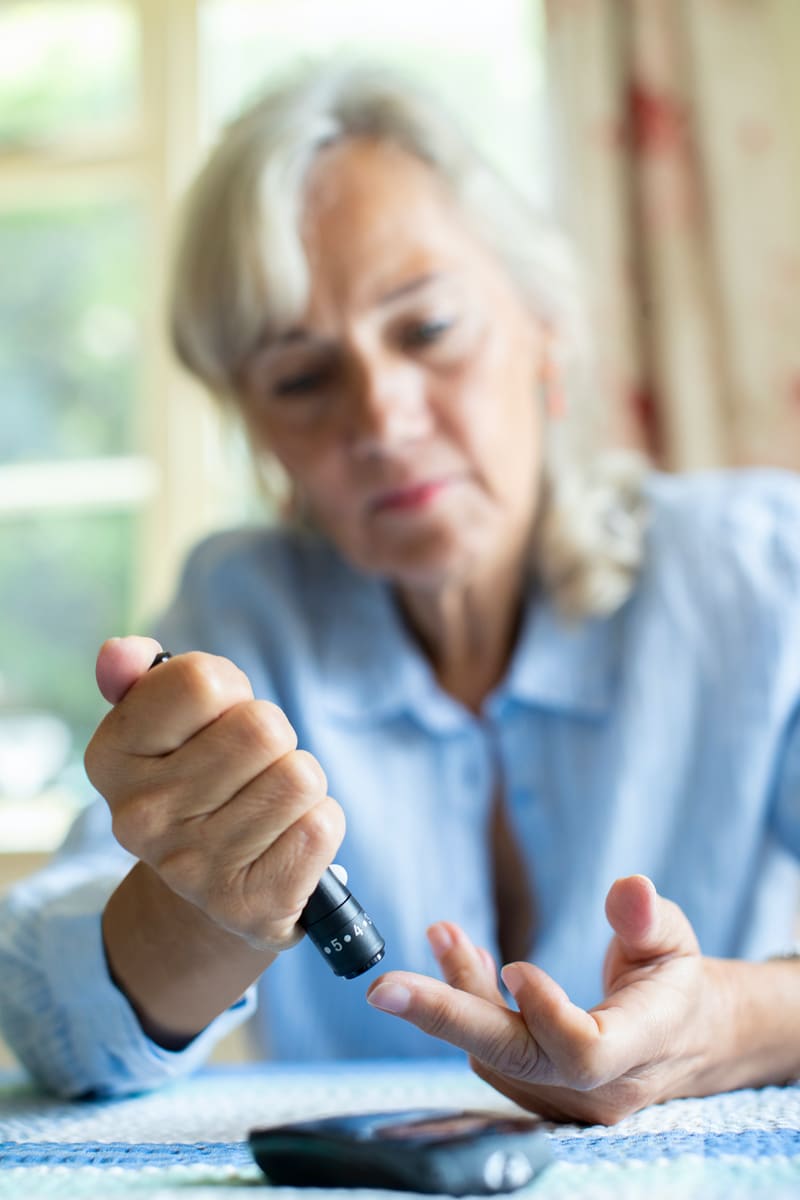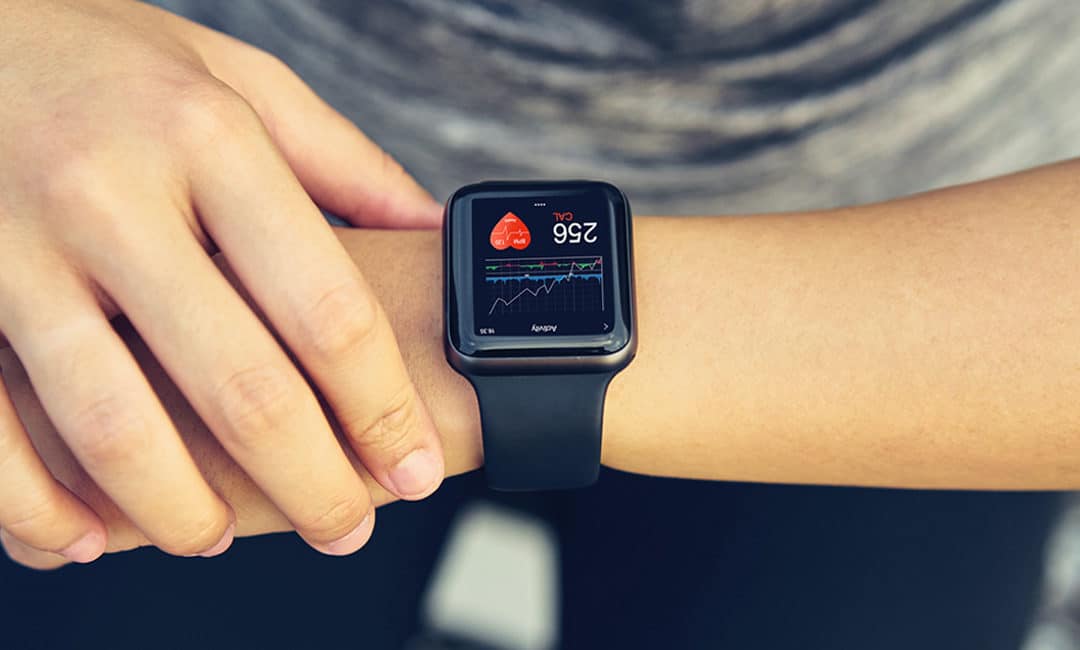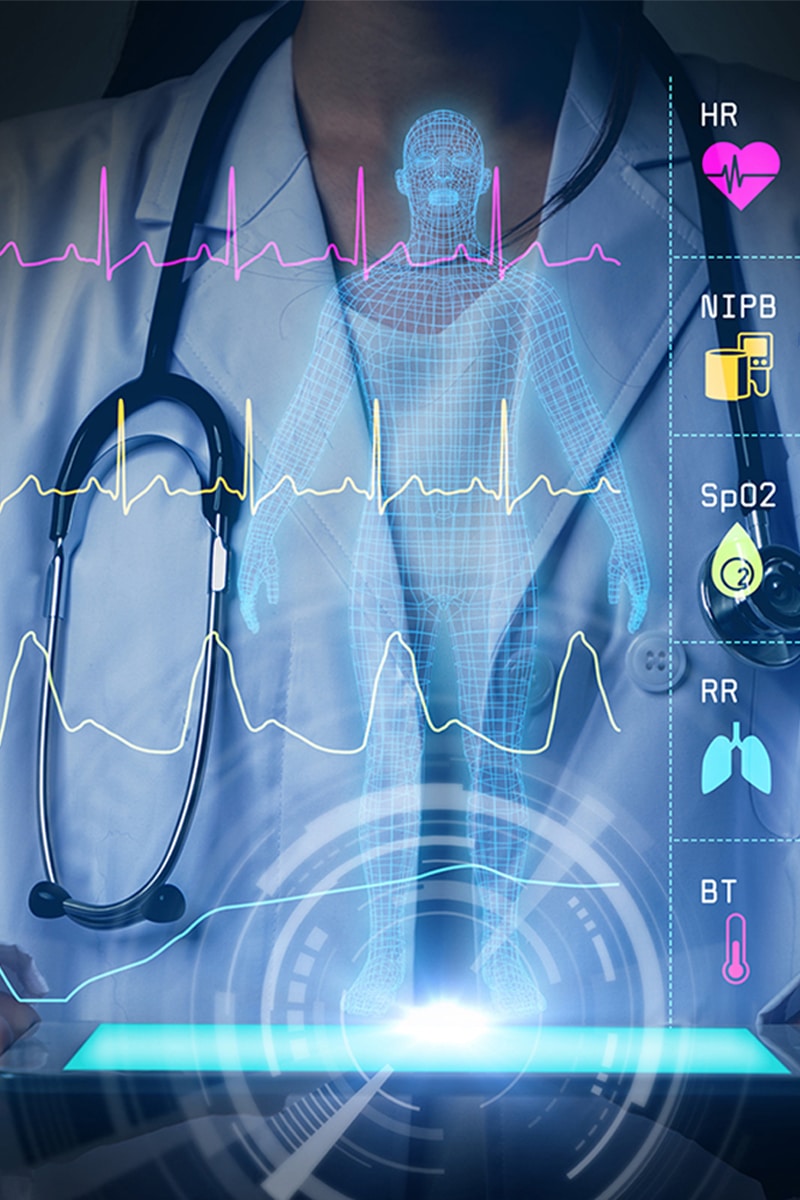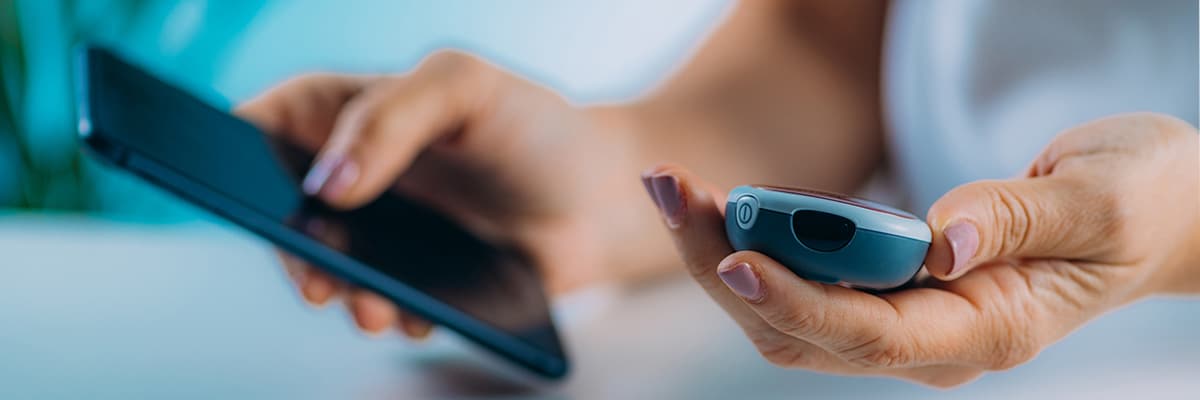
One Patient’s Perspective
Working for DocsInk
As marketing director for DocsInk, I’m excited to work in an atmosphere of innovation and collaboration, but my focus is usually on the product and business itself. However, I’m sometimes reminded that what we do goes beyond the product, impacting the lives of real people. COVID-19 has pushed our healthcare system to its limits, and because of this caregivers need integrated, efficient technology solutions more than ever. I recently spoke to a patient who expressed his frustration connecting with his doctor:
2020 has been a hard year for me, health wise. I’ve had nagging respiratory issues that have cost lost wages and sparked COVID fears. I’ve been tested three times, all negative, but had to miss several weeks of work in order to meet quarantine requirements. In the last few months, persistent symptoms have prompted frequent telehealth visits. These visits have often resulted in frustration due to the technology being used.
In my daily life, I’m constantly connected to coworkers, friends, and businesses through my phone and laptop. Social media and e-commerce are slick and seamless; why is my telehealth app so dated and clunky? This is a large organization with hundreds of doctors, they should have access to the latest tools! Every visit is plagued by technical glitches—sometimes resulting in abandoning video chat for phone calls—and the doctors are consulting other devices or paper notes for my records. I have electronic notes on my laptop; why is my doctor wasting time fumbling for them? While I understand caregivers are under tremendous strain this year, my health issues are putting real pressure on me and my family. It just seems to me that updating their systems would help them help me AND relieve some of the pressure they’re feeling.
What it means to me
Hearing stories like this reminds me that “improving patient outcomes” is not just an abstraction. Sure, streamlining the process of telehealth improves efficiency, but that efficiency has a real impact on real people. And, at this point in the game, not using the technology best suited to respond to the needs this pandemic has demanded has an even bigger impact on patients’ lives.
2020 has provided doctors and patients alike with ample challenges; DocsInk ensures that your telehealth solution doesn’t have to be one of them.
If you would like to learn more about DocsInk, please visit us at www.DocsInk.com.













Recent Comments